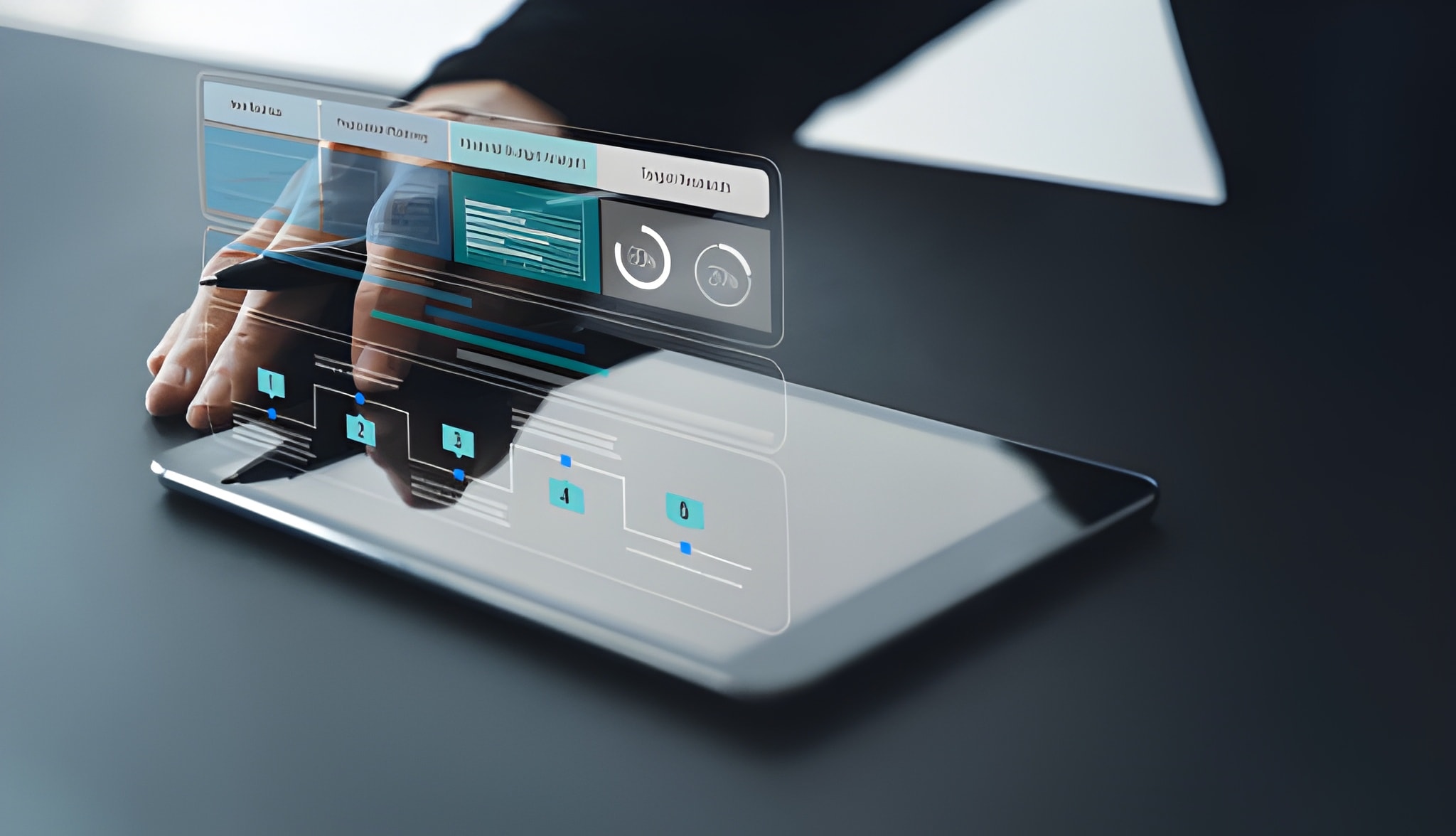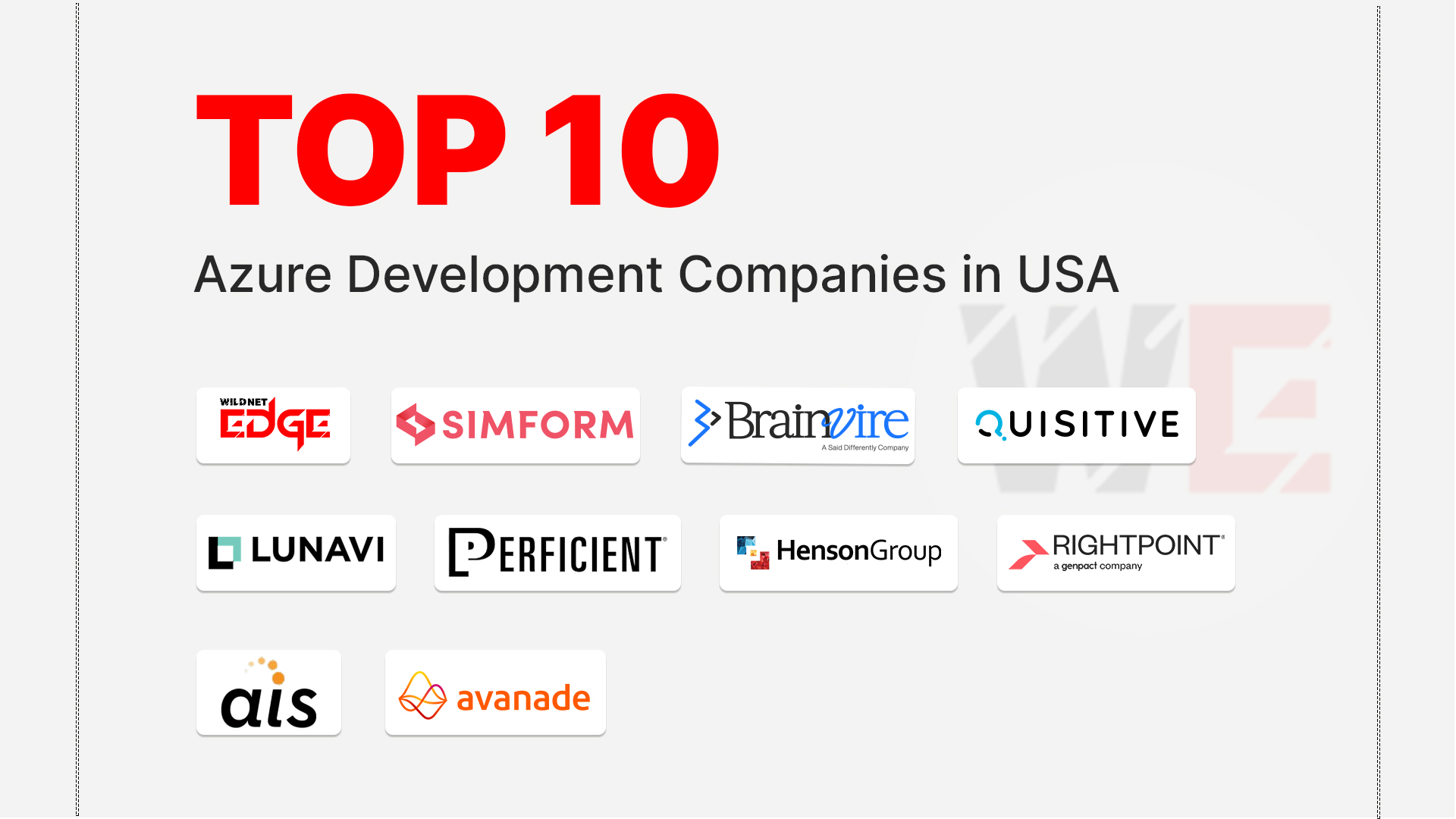The spa app development cost is a crucial consideration for businesses looking to enhance their service offerings in 2025. As technology continues to evolve, understanding the factors that influence these costs is essential. In this article, we’ll delve into the specifics of wellness pricing and how it affects your spa project budget. By comprehending the various elements that contribute to the overall charges, you can make informed decisions when planning your spa app development.
Understanding Spa App Development Cost
Factors Influencing Spa App Development Cost
Several factors play significant roles in determining the spa app development cost. One of the primary considerations is the technology stack chosen for the project. The selection between native, hybrid, or web-based applications significantly influences the overall spa app charges. For instance, employing a complex tech stack can lead to higher expenses due to the need for skilled developers.
Scalability also affects the cost. If you envision your app growing in terms of features and user base, initial investments may increase. Choosing to develop with scalability in mind can lead to a more sustainable app but may raise upfront costs. In a dynamic tech environment, the complexity of features you plan to include, such as AI or AR capabilities, further impacts the development costs.
Average Spa App Charges in 2025
As of 2025, the average spa app charges typically range between $30,000 to $200,000, depending on various features and complexities involved. For instance, a basic app with minimal functionalities could cost around $30,000, while an advanced app featuring multiple integrations with payment gateways, appointment scheduling, and social media functions could soar up to $200,000. Comparing these figures with previous years highlights an upward trend in costs due to increased consumer expectations and technological implementations.
In the past few years, standard charges have risen, reflecting the advancements in technology and the growing demand for innovative features in wellness apps. This context is vital for businesses strategizing their budgets for upcoming projects.
Importance of a Detailed Spa Project Budget
A detailed spa project budget is critical because it helps in aligning expectations and preventing cost overruns. A robust budget not only leads to better investment returns but also enables effective resource allocation. For example, businesses that meticulously planned their budgets and executed contingency strategies saved significantly during the development phase.
Consider a successful case where a spa developed a mobile application. By implementing strict budget management strategies and investing in capable project management tools, they reduced unnecessary expenses and achieved their launch goals within predetermined budgets, ultimately yielding a high return on investment.
Wellness Pricing Strategies for Spa Apps
Different Models of Wellness Pricing
When considering wellness pricing for spa apps, businesses can choose between subscription-based and one-time payment models. Subscription models often lead to higher user retention rates, as they foster continuous engagement with users who benefit from ongoing updates and exclusive features. Conversely, one-time payment models may attract users looking for immediate, upfront value, but may not ensure long-term loyalty.
Analyzing the impact of these models on user satisfaction is crucial. While subscription offerings provide revenue stability, one-time charges can lead to abrupt spikes in profitability at launch. Hence, selecting the appropriate model influences both user experience and financial success.
Value Proposition in Wellness Pricing
To justify the costs of your app in terms of user benefits, a valuable strategy is to clearly articulate the features that enhance user experience. For example, including personalized wellness programs, loyalty rewards, or integration with wearables can significantly increase perceived value. Real case studies demonstrate effective pricing strategies where companies clearly communicated the app’s value, leading to higher downloads and customer loyalty.
By emphasizing the unique benefits that users receive, businesses can establish a strong value proposition, thereby enhancing their pricing strategy.
Analyzing Competitor Wellness Pricing
Conducting thorough market research and analyzing competitor wellness pricing can help define your pricing strategy. Understanding the pricing landscape allows you to position your app competitively while highlighting unique offerings that justify your costs.
Utilizing competitor data is vital. For instance, if competitors offer similar features at lower prices, you may need to enhance your value proposition or include additional services to maintain attractiveness. Regular reviews of market pricing ensure adaptability to rapid changes in consumer behavior trends.
Collaborating with a Spa App Development Company
Choosing the Right Spa App Development Company
When selecting a Spa App development company, many factors must be considered, including expertise, portfolio, and client feedback. Companies with prior experience in wellness app development are preferable, as they understand industry-specific challenges and user expectations. Additionally, comparing local vs. offshore development firms offers different advantages and challenges regarding cost, communication, and cultural alignment.
If considering offshore options, evaluating time zones and collaboration tools is essential to ensure seamless project management and execution.
How to Effectively Hire a Spa App Developer
To effectively hire a spa app developer, outline your project scope and key requirements, which helps candidates understand your needs. When searching for the right talent, prioritize experience in the wellness tech space as it can lead to better results and smoother development processes.
Conducting interviews and seeking references will enable insight into the developer’s work quality and reliability. Ensure that you’ve vetted multiple candidates to find the best match for your project.
Evaluating the Relationship with Your Spa App Development Company
Establishing key performance indicators (KPIs) for assessing project progress is critical during app development. Regularly measure success against these KPIs to evaluate productivity and alignment with strategic goals effectively. Moreover, adopting communication best practices fosters transparency and strengthens the client-developer relationship.
Regular check-ins and feedback sessions can help in resolving issues promptly and ensuring that the development process aligns closely with your business goals.
Hidden Costs in Spa App Development
Common Hidden Costs for Spa Project Budgets
When budgeting for a spa project, it’s essential to recognize common hidden costs that can accumulate and disrupt your plans. Often overlooked expenses include legal fees, testing, user training, and unforeseen revisions during the development phase. Identifying potential hidden costs early can help mitigate financial surprises.
Reviewing past projects can provide insight into these hidden expenses and help in preparing preventive strategies.
Long-Term Maintenance and Support Costs
Planning for ongoing maintenance and support costs is crucial for the long-term success of your spa app. These costs can include server fees, updates, and customer service resource allocation. Estimating these expenses at the outset can prevent financial strain over time.
In establishing a budget, consider the average percentages typically allocated to long-term support, often ranging from 15-20% of the initial development cost.
Budgeting for Marketing Your Spa App
Marketing costs are a key element to consider for a successful product launch. Budgeting guidelines suggest allocating a solid percentage of your overall costs to marketing efforts, including digital advertising, influencer partnerships, and promotional activities. An effective marketing strategy can drive initial app downloads and establish a user base steadily.
Consider integrating user feedback and analytics from your marketing campaigns to refine your strategies and maximize engagement.
Future Trends Affecting Spa App Charges
Emerging Technologies in Spa App Development
The influence of emerging technologies like AI, AR, and IoT is reshaping the landscape of spa app development cost. These technologies, while costly in implementation, can enhance user experience, attracting a broader audience. The integration of AI for personalized recommendations or AR for virtual try-ons can significantly elevate user expectations.
As these technologies become commonplace, development costs will adapt accordingly. Keeping abreast of tech trends can prepare businesses for impending pricing shifts in the market.
Market Demand and Its Effect on Spa App Charges
Consumer behavior trends significantly influence spa app charges. As awareness surrounding health and wellness grows, consumer demand for features catering to wellness is at an all-time high. This demand often leads to higher costs associated with development, as companies strive to meet evolving user expectations.
Pricing strategies must account for these trends to ensure competitiveness. Businesses should continuously monitor market demands to adjust their pricing accordingly.
Adapting to Regulatory Changes and Their Impact on Costs
Regulatory changes in the wellness sector can directly affect app development costs. Compliance with data protection laws or health regulations can impose additional expenses during development. Businesses must remain informed about these changes to adjust their budgets readily.
Developing strategies to ensure compliance without incurring excessive costs is imperative. Regular consultations with legal experts can aid in navigating this complex landscape efficiently.
Conclusion
In summary, understanding the spa app development cost is vital for making informed decisions. By thoroughly considering wellness pricing, building a clear spa project budget, and selecting the right partners in this journey, businesses can ensure successful app development. At Wildnet Edge, we prioritize technology, user experience, and strategic planning as an AI-first company, ready to support your project from start to finish.
FAQs
The average spa app development cost can range based on features and complexity, but businesses should expect costs around $30,000 to $200,000 depending on various factors.
Setting a spa project budget involves a deep understanding of all significant expenses, including development, marketing, and ongoing maintenance.
Look into the features, technology stack, and development company reputation to ensure that the spa app charges reflect true value.
Begin by defining your project scope, and then seek developers with relevant experience. Interview multiple candidates to gauge skills and compatibility.
Hidden costs may include post-launch support, ongoing maintenance, and marketing efforts that are often not included in the initial cost estimates.

Nitin Agarwal is a veteran in custom software development. He is fascinated by how software can turn ideas into real-world solutions. With extensive experience designing scalable and efficient systems, he focuses on creating software that delivers tangible results. Nitin enjoys exploring emerging technologies, taking on challenging projects, and mentoring teams to bring ideas to life. He believes that good software is not just about code; it’s about understanding problems and creating value for users. For him, great software combines thoughtful design, clever engineering, and a clear understanding of the problems it’s meant to solve.
 sales@wildnetedge.com
sales@wildnetedge.com +1 (212) 901 8616
+1 (212) 901 8616 +1 (437) 225-7733
+1 (437) 225-7733































